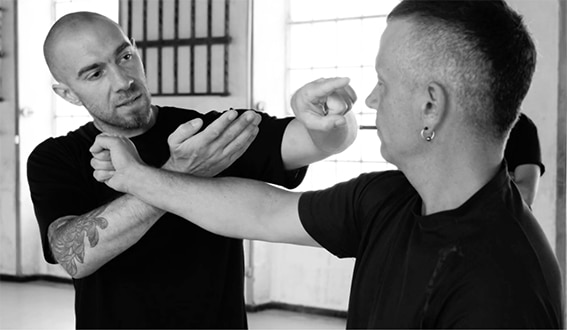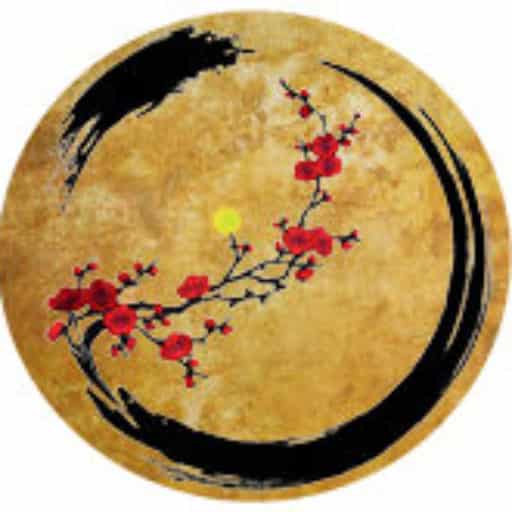Wing Chun, or “boxing of the eternal spring”, is a form of Chinese boxing several centuries old and with controversial origins. It is an effective system of defense and training of the body that combines the principles of internal (Nei-jia) and external (Wei-jia) Chinese styles.

The principles that characterize it make it a subtle martial art, specialized in close distance, and characterized by movements of low amplitude. The value of the “boxing of the eternal spring” lies in an optimized management of the forces present during the contact phase and is particularly illustrated during the exercise of the sticky hands (Chi-sao).
The Wing Chun system is considered by its strategy as a martial art of close combat. In many aspects, Wing Chun can be compared to Xing Yi. The movements are short, the angles are closed and they occupy the center, the strikes are linear and impactful. No big moves, the reactions are immediate and contained in a small space.

The Wing Chun teaching system offers aprogressive adapted to each individual, allowing him/her to progressively refine his/her ability to feel the different forces exerted on his/her body in order to develop the ability to fight « blind » during the phase of making contact with the opponent.
It also allows to constitute a “ unified body ” and to draw from it a elasticity able to absorb and neutralize powerful attacks and to use the force during a spontaneous response.
The Wing Chun teaching system offers aprogressive adapted to each individual, allowing him/her to progressively refine his/her ability to feel the different forces exerted on his/her body in order to develop the ability to fight « blind » during the phase of making contact with the opponent.
It also allows to constitute a “ unified body ” and to draw from it a elasticity able to absorb and neutralize powerful attacks and to use the force during a spontaneous response.

CURSUS of teaching
- Study of forms (tao-lu), associated body principles and their applications in combat.
- Work of sticky hands and sticky legs (Chi Sao and Chi guerk).
- Study of the wooden dummy (Mook-Yan-Chung).
- Study of weapons (bart-cham-dao – butterfly knives, and Luk-dim-boon-kwun – long stick).
- Study of displacements using the tripodal dummy.
Emphasis is placed on the search for the right body useon the work of the intentionas well as on the study of the dynamics of combat (tactics and strategy). The technical aspects thus retain all their meaning and do not harm the spontaneity necessary for any form of combat.
Registration
By internet by clicking on “I participate
Private lessons: contact the teacher.
Practical information
Rates for group classes
Cours en présentiel 1h45 | Tarif pour un cours par semaine |
350€ |
*Tarif solidarity = situation of precariousness
These 2 rates are set up as a conscious participation. This commitment, both individual and collective, is in line with the disciplines we teach, whose values are accuracy, respect, benevolence and autonomy.
Rates for private lessons
1h | 2h | 10h |
70€ | 130€ | 550€ |
Schedules
Monday from 7:00 pm to 8:45 pm
Location
The course takes place on the 2nd floor of the village hall of St Julien Molin Molette.
Clothing and equipment
Wing Chun is practiced in a soft and comfortable outfit.


